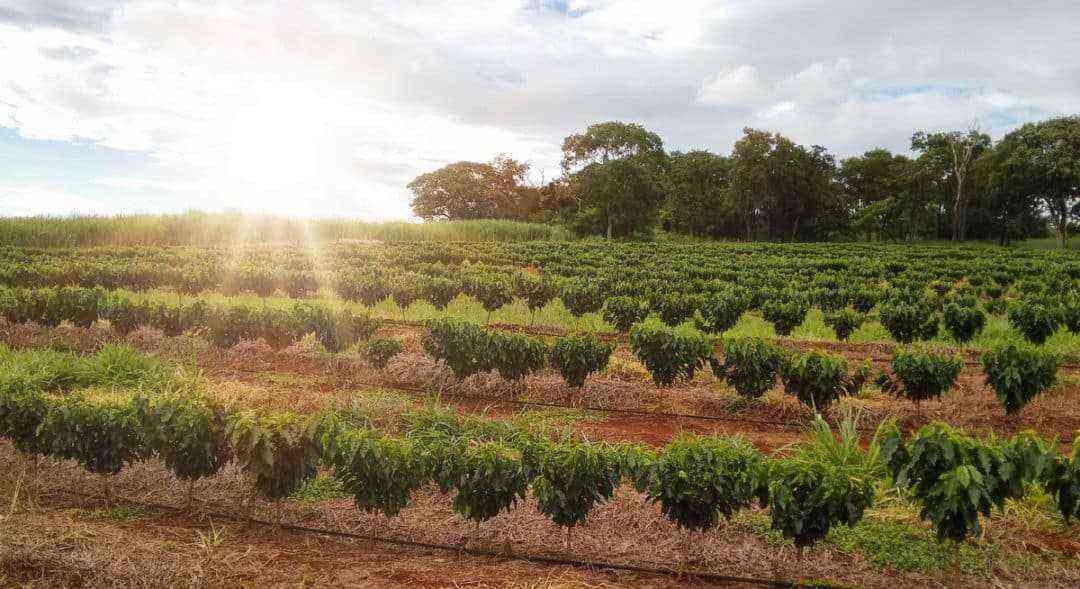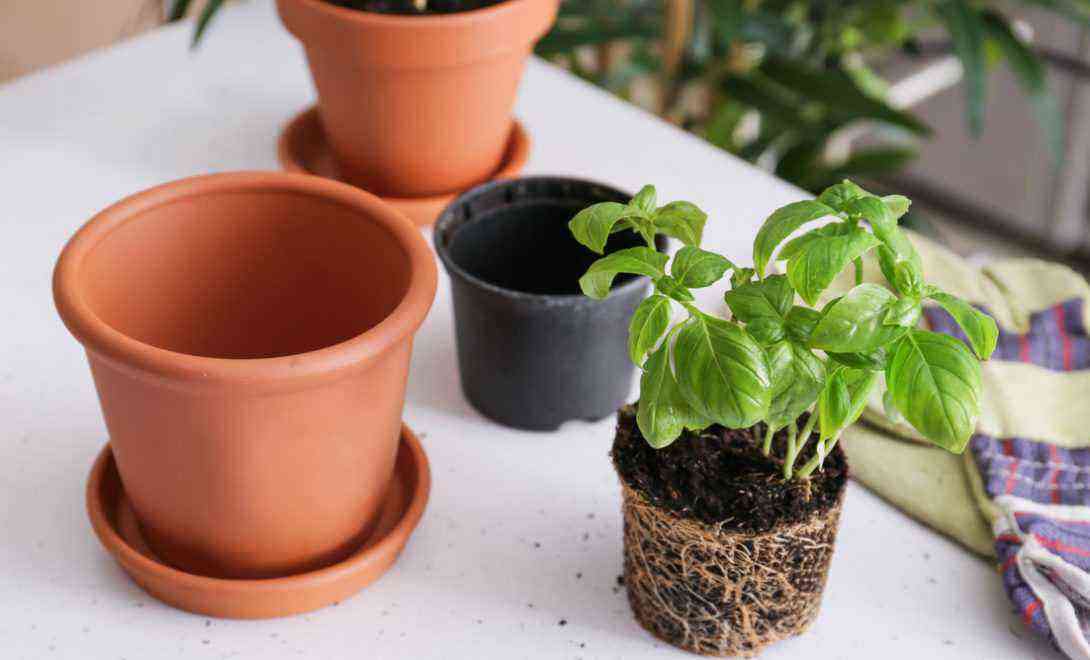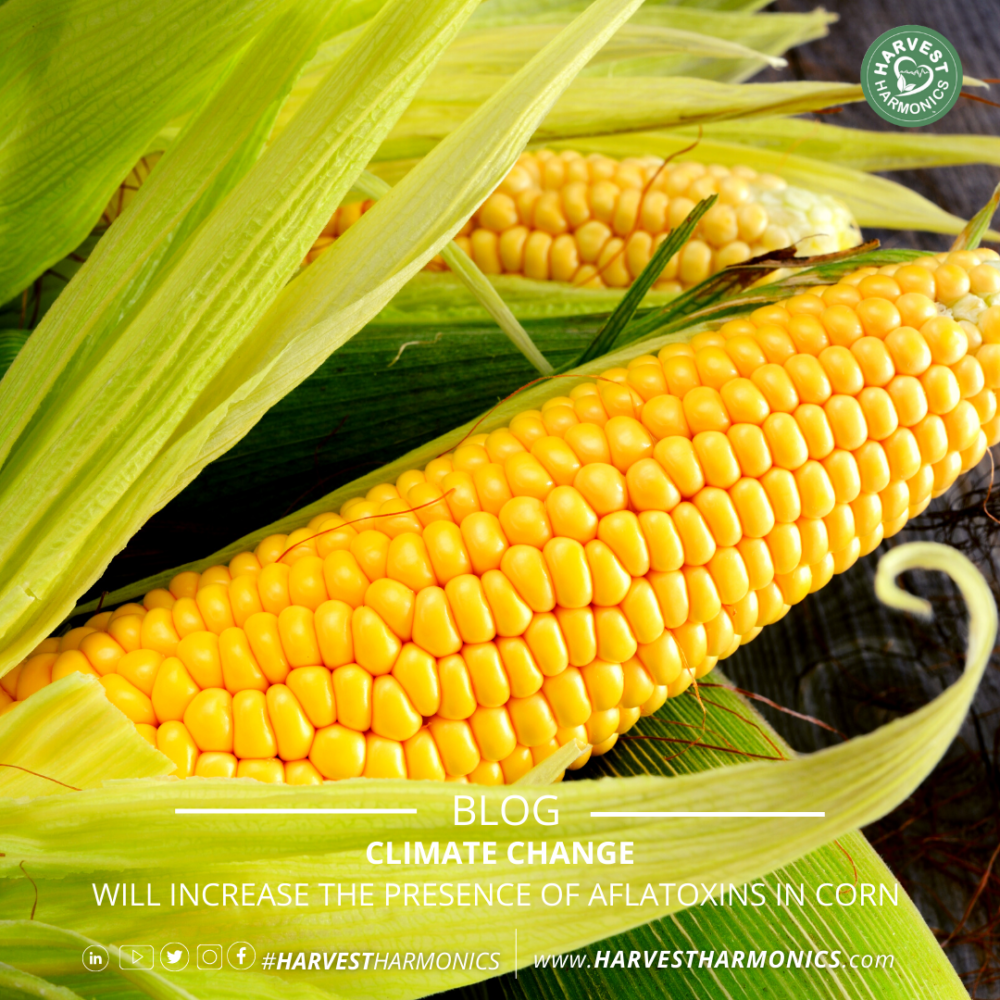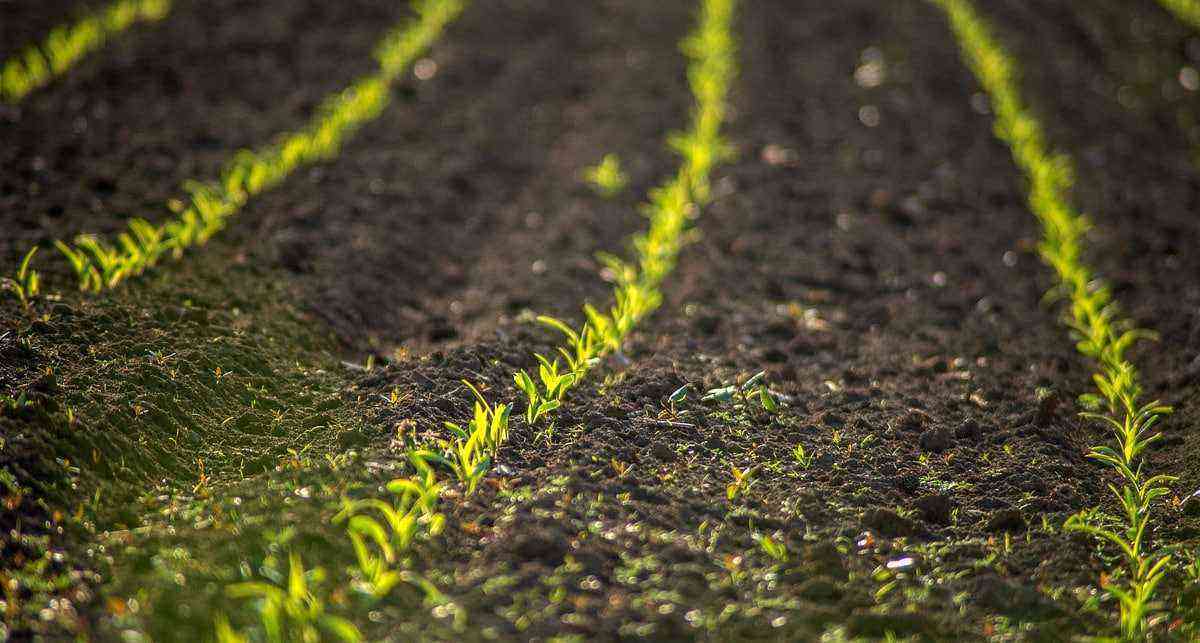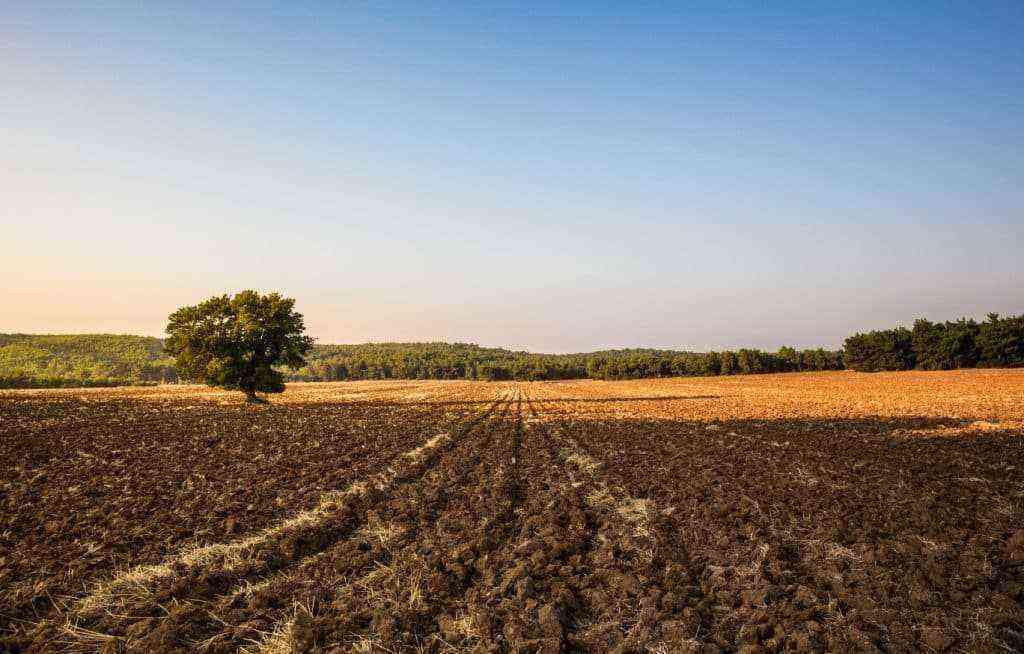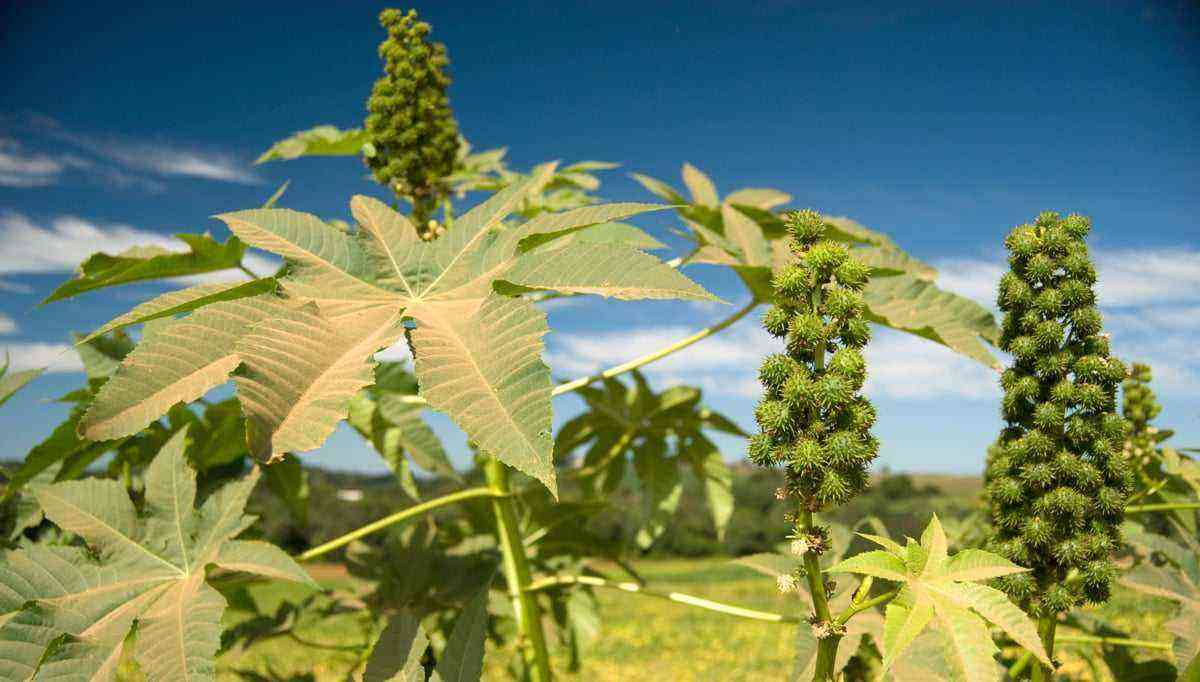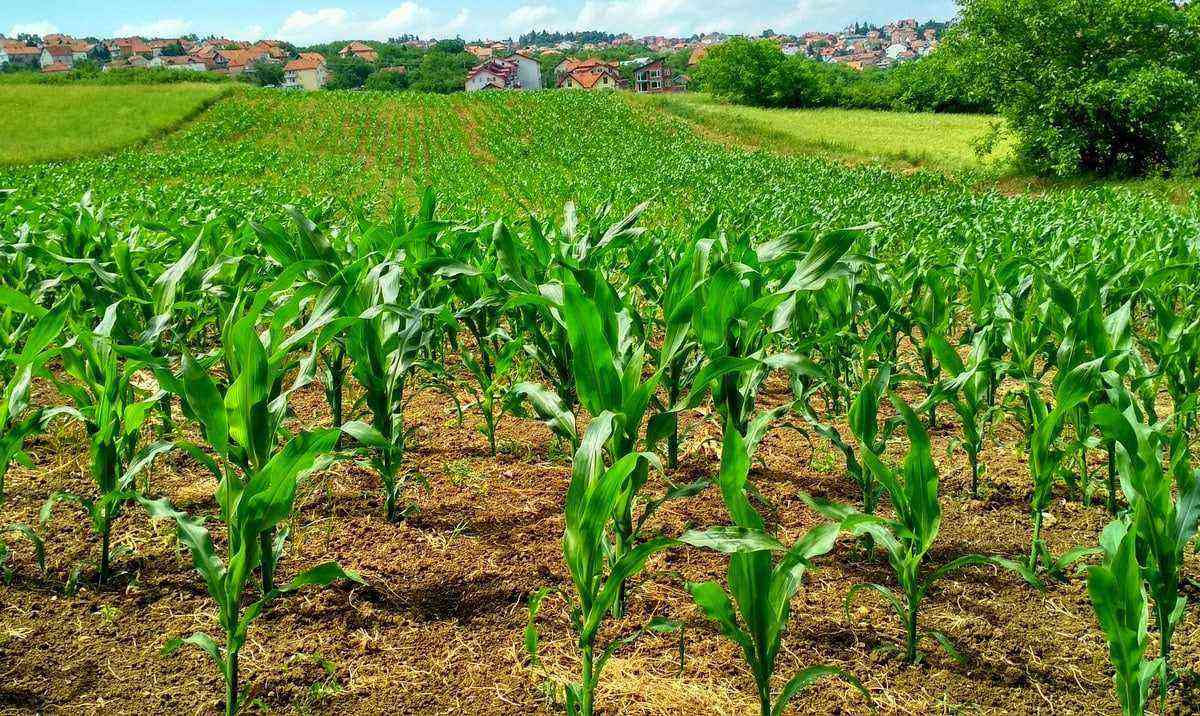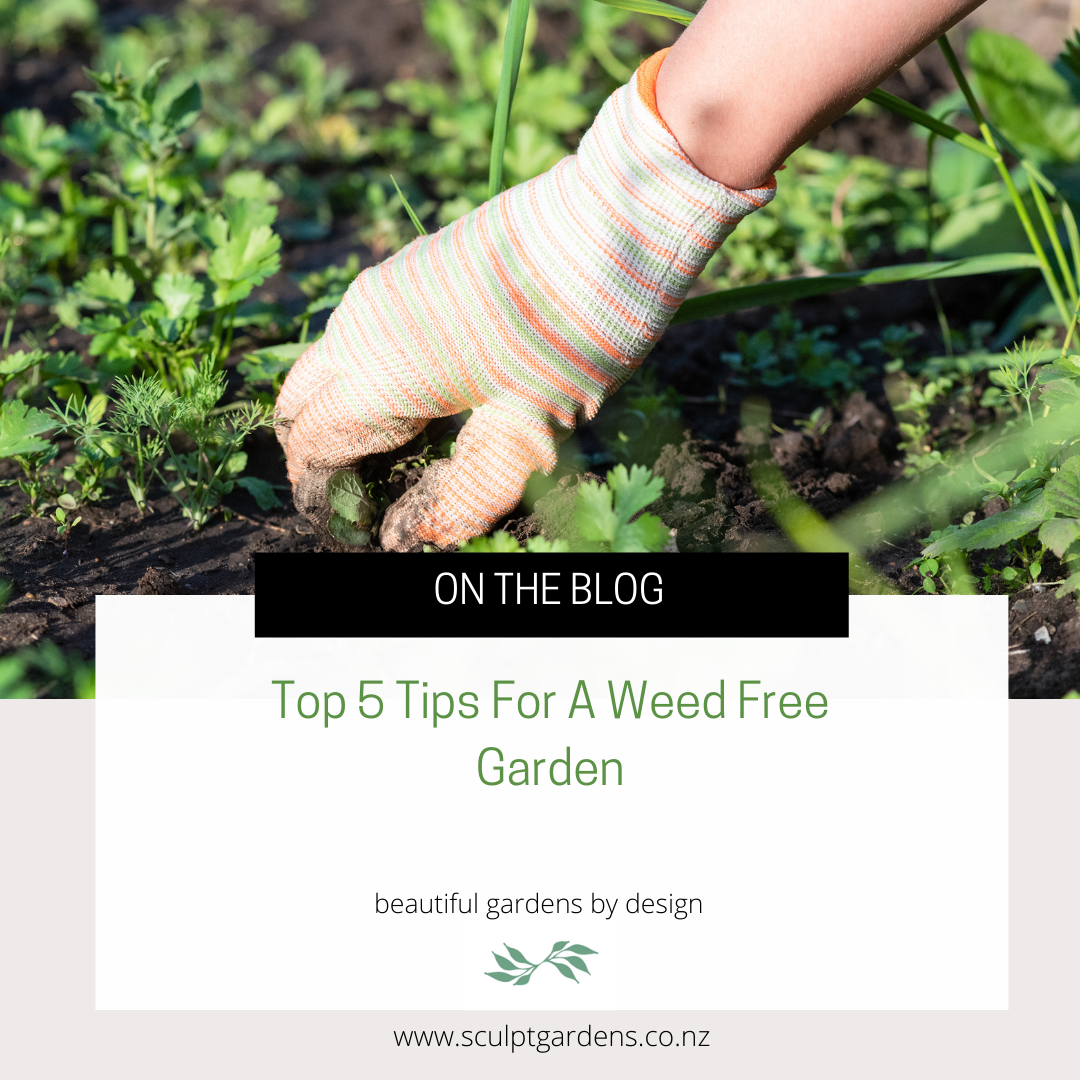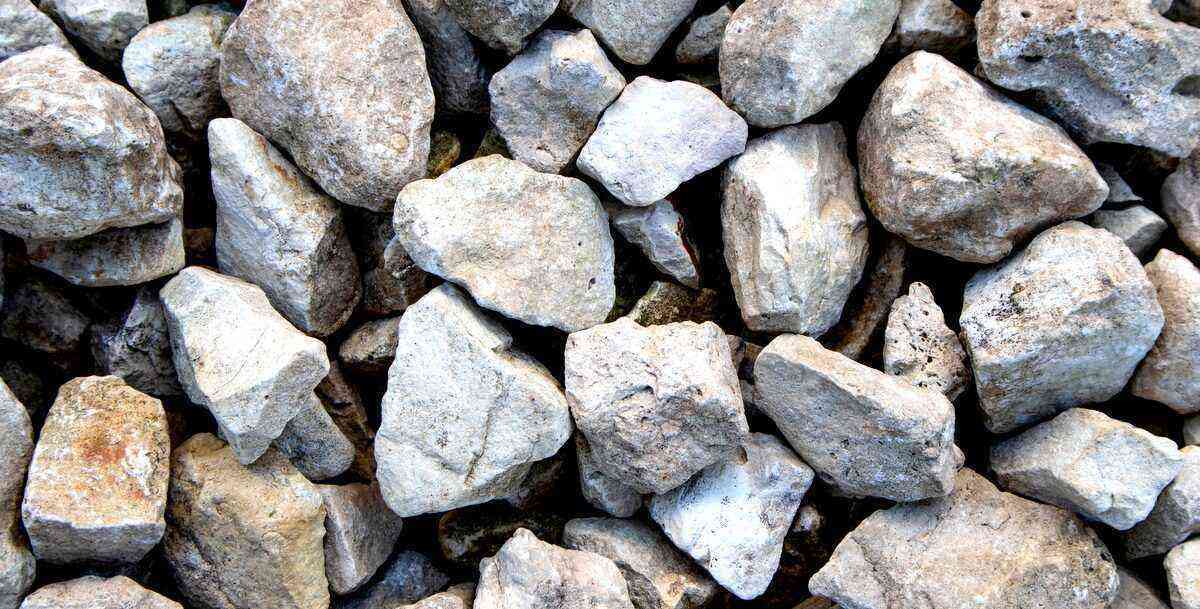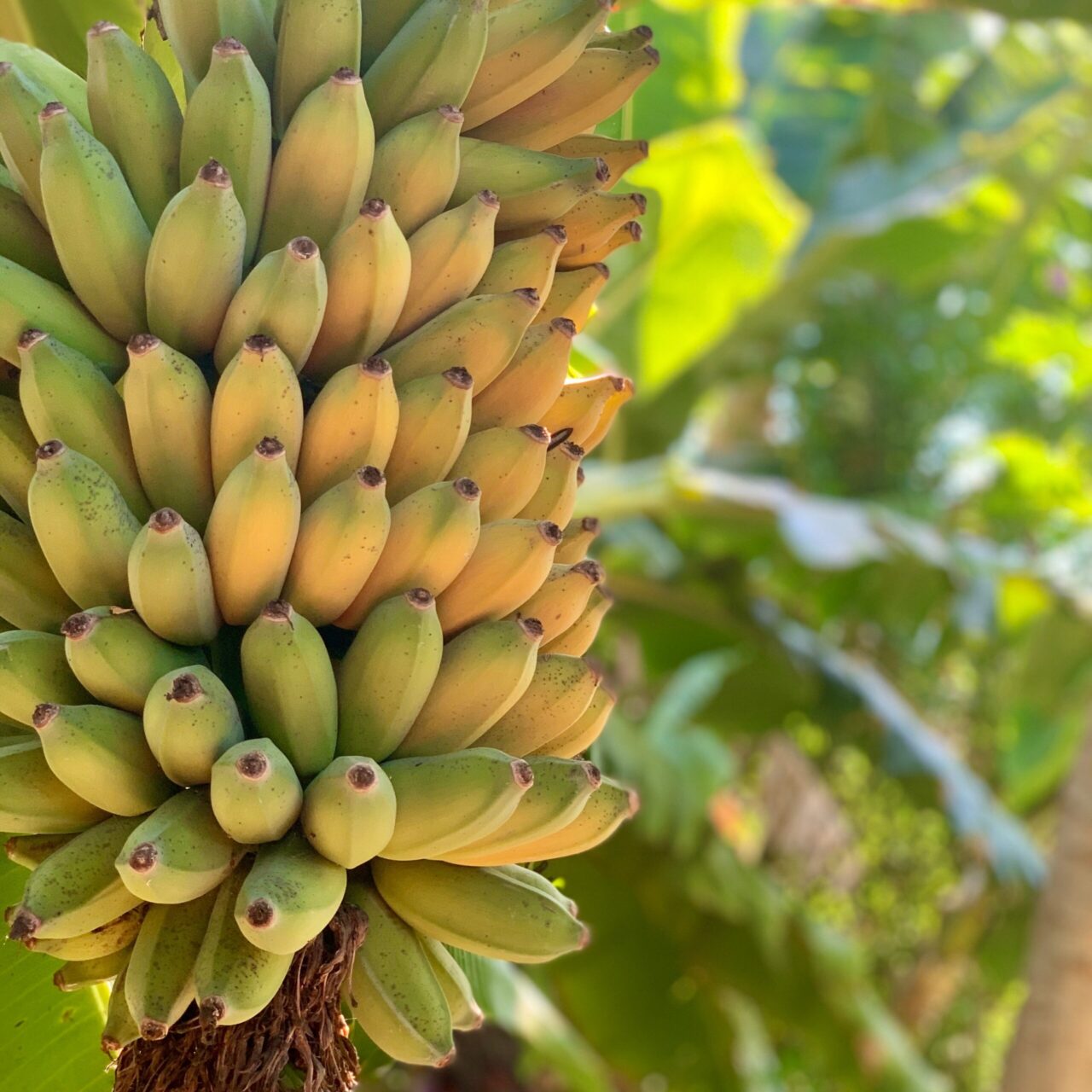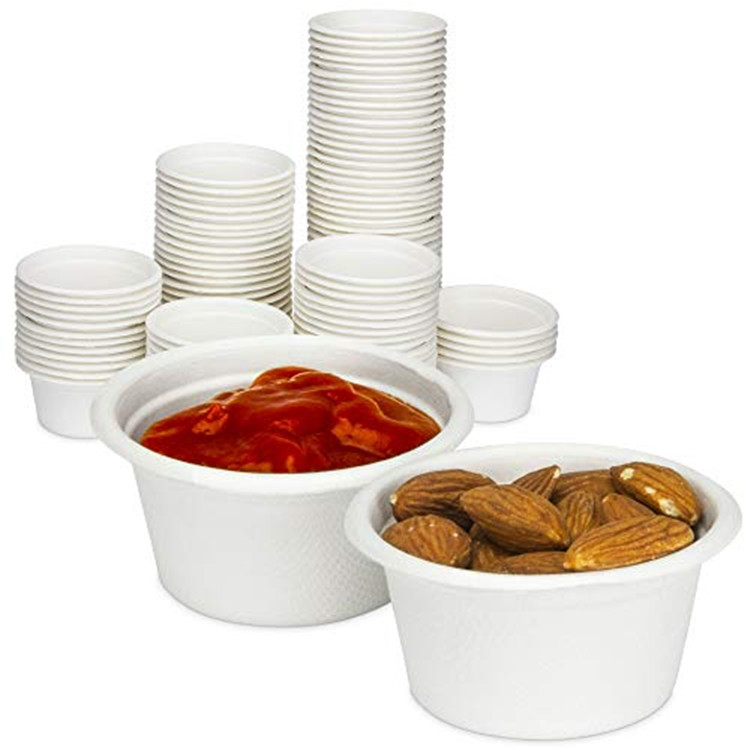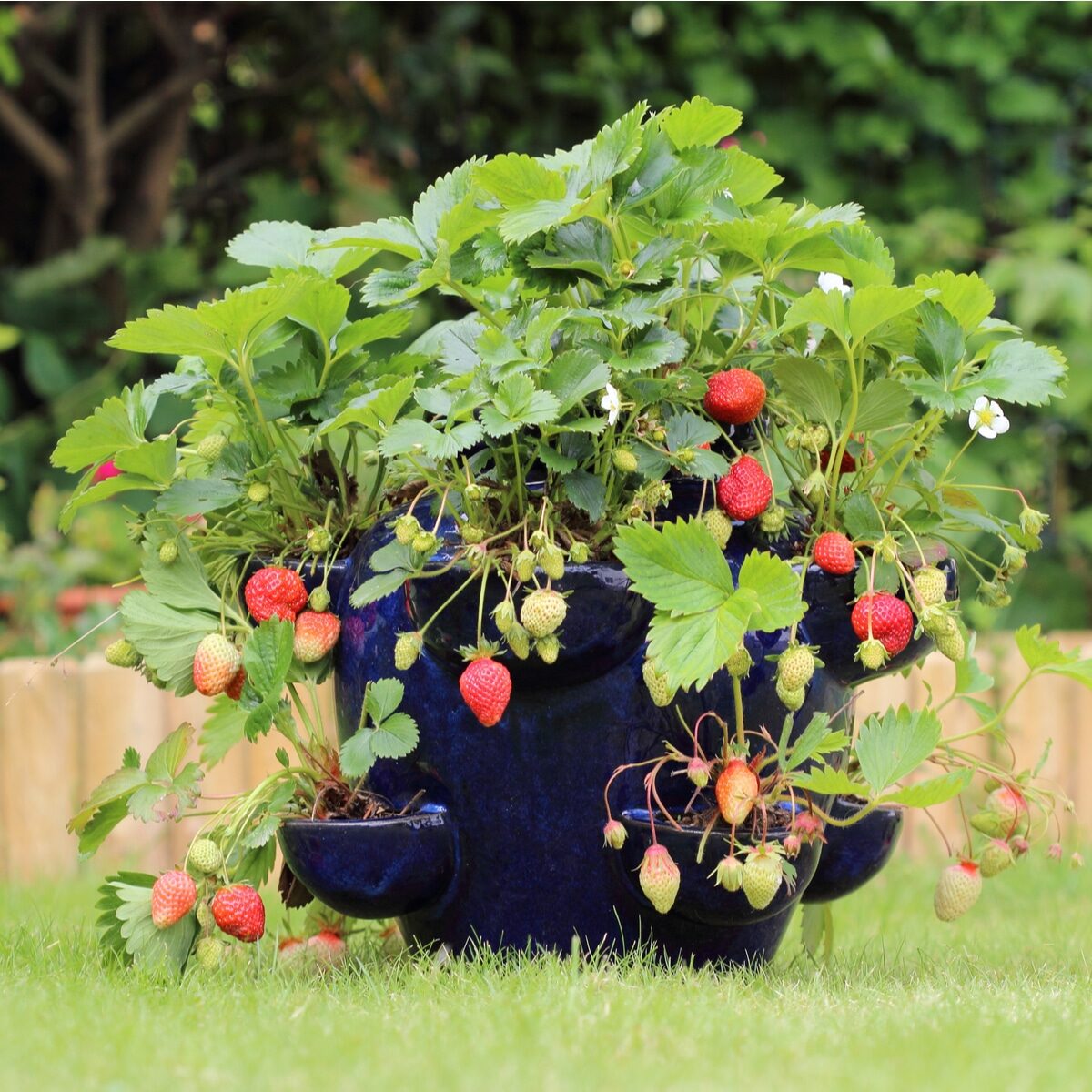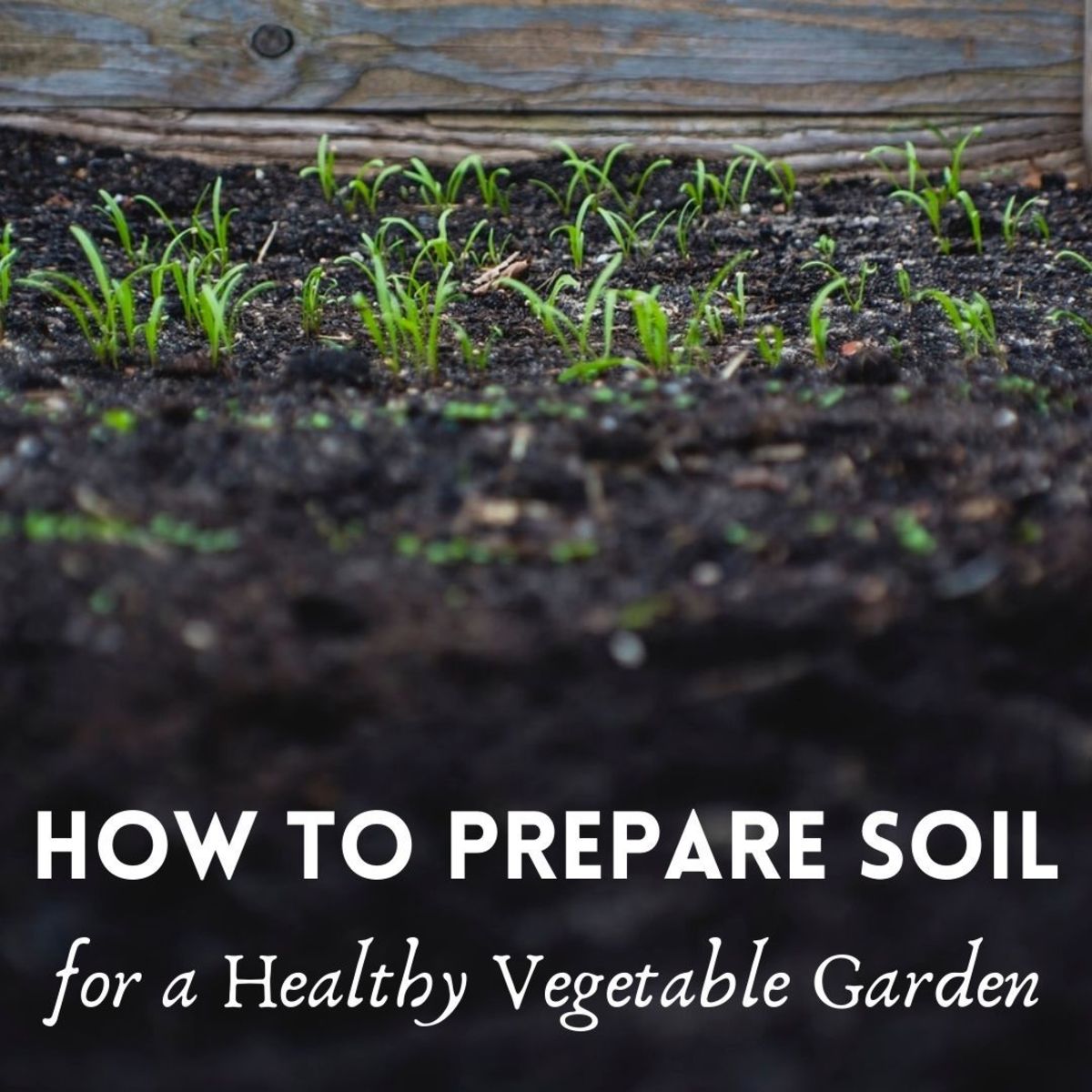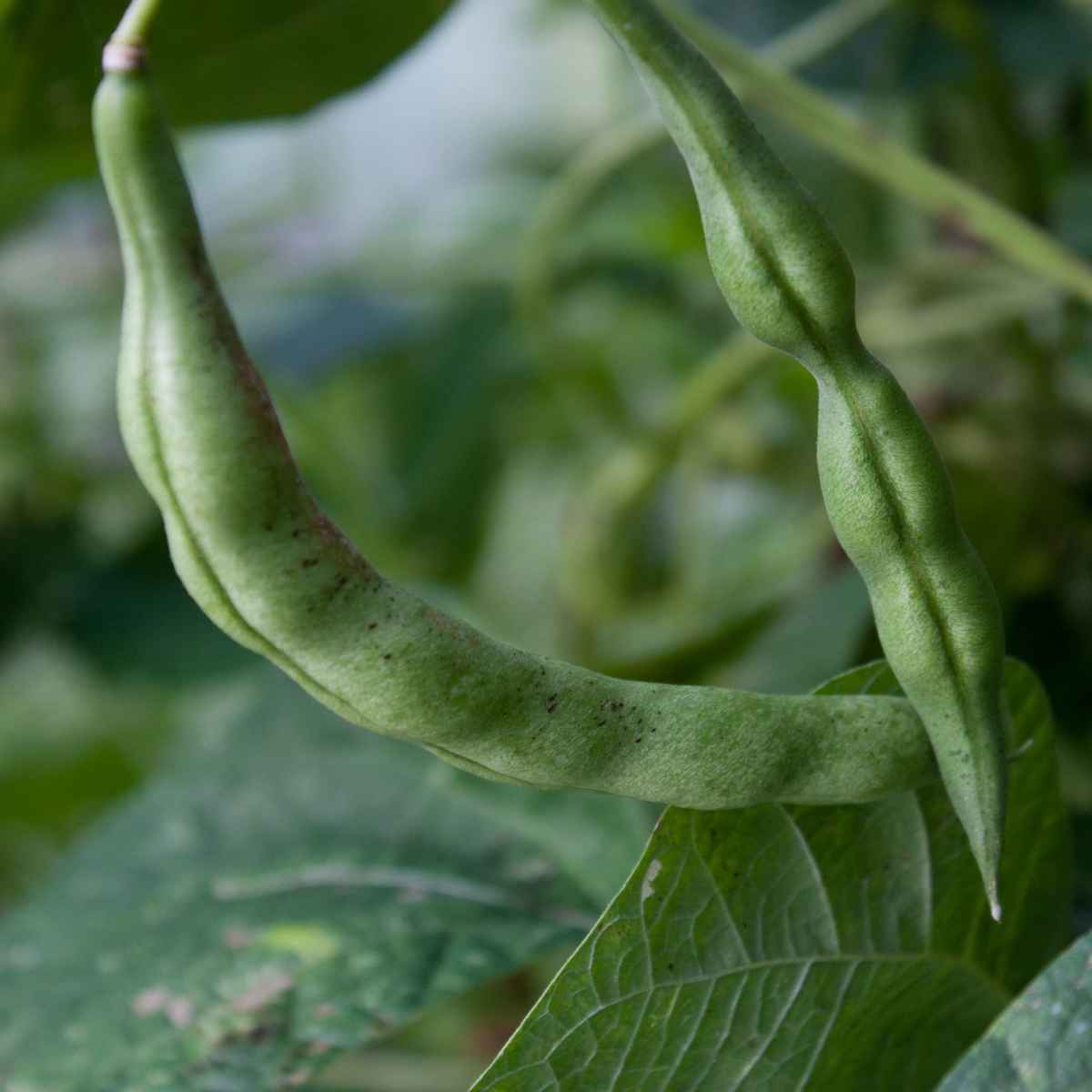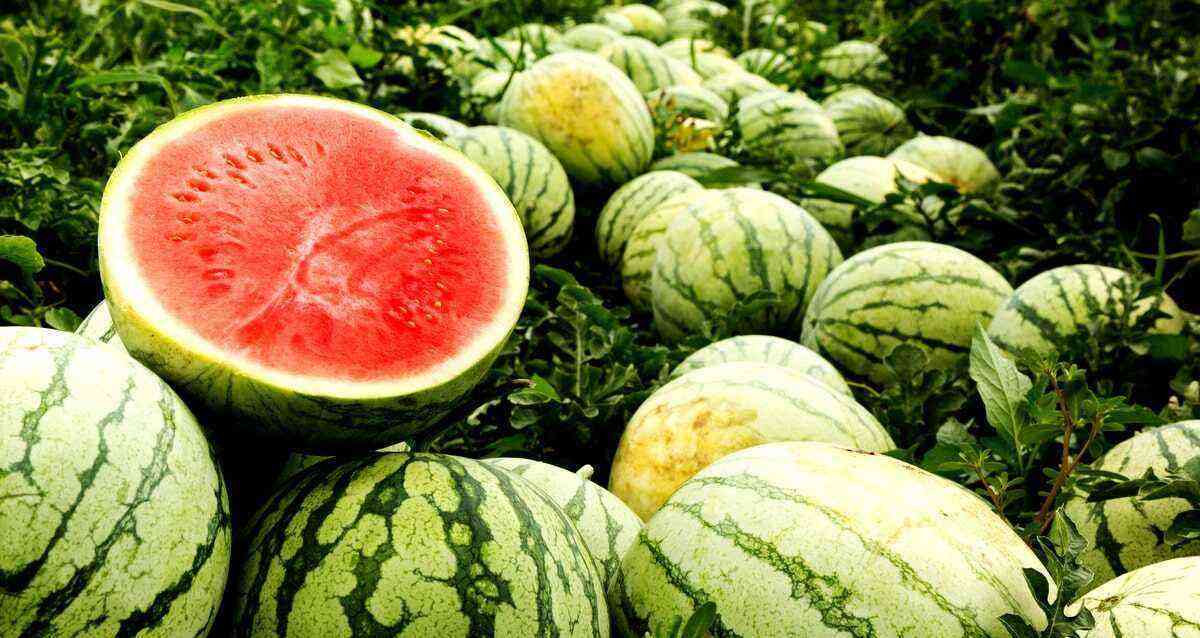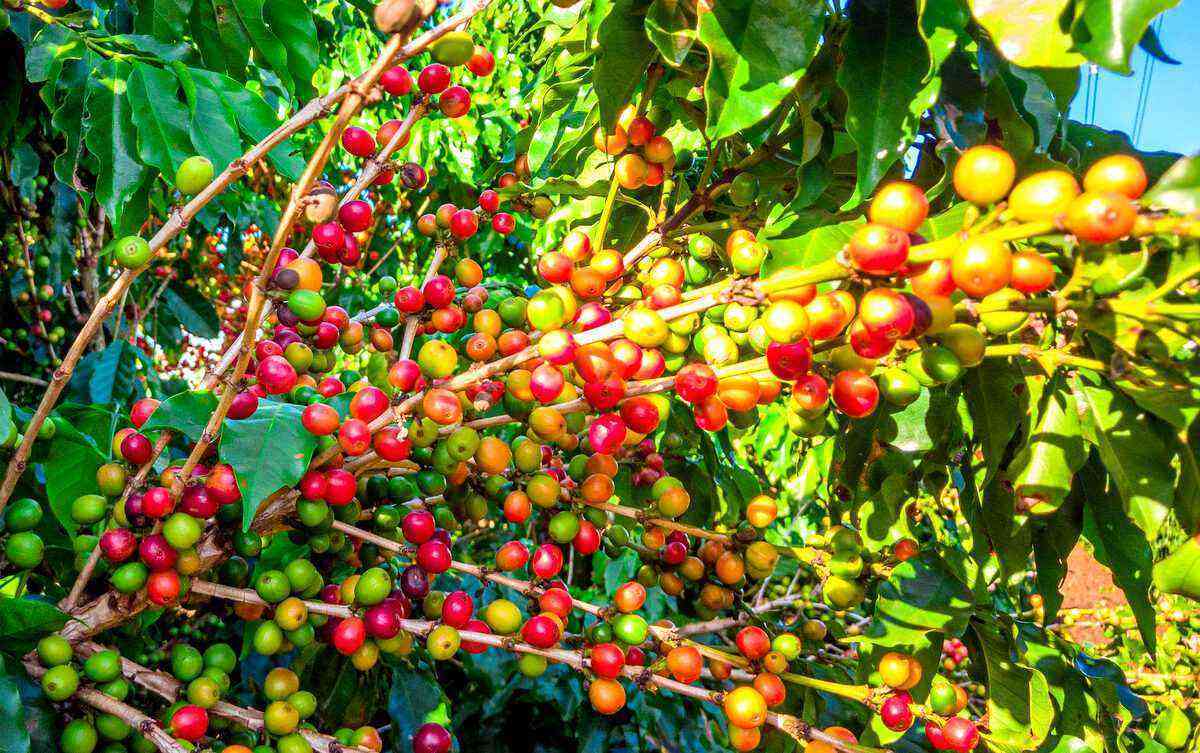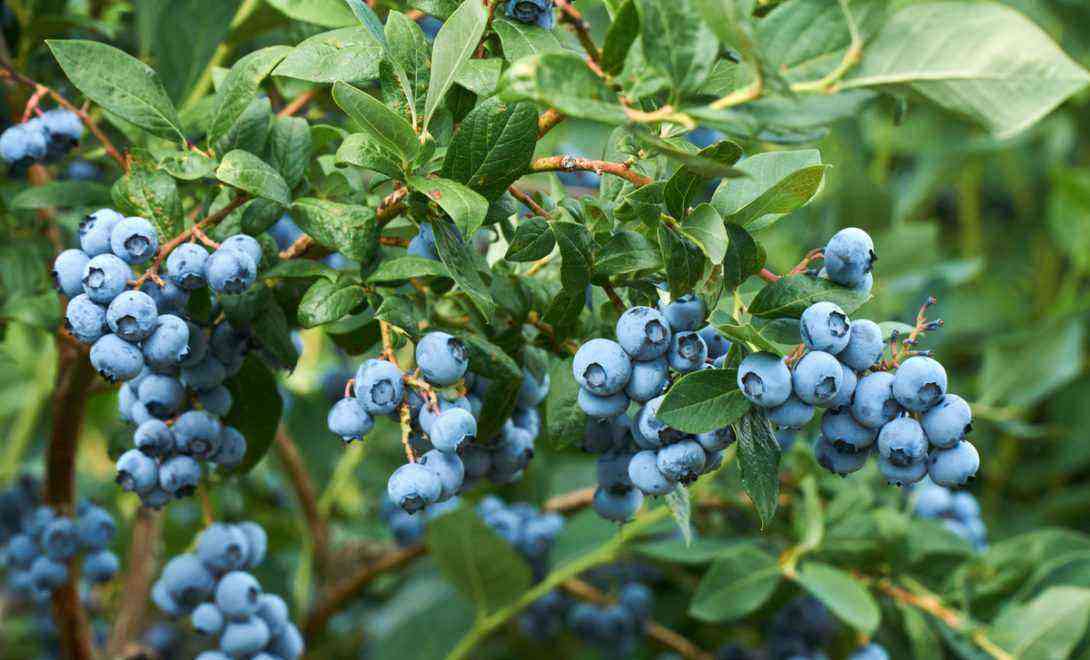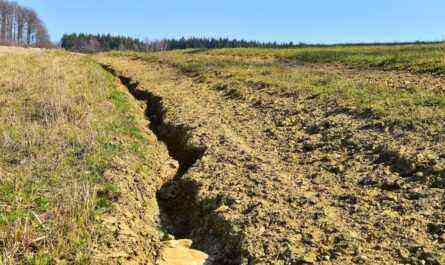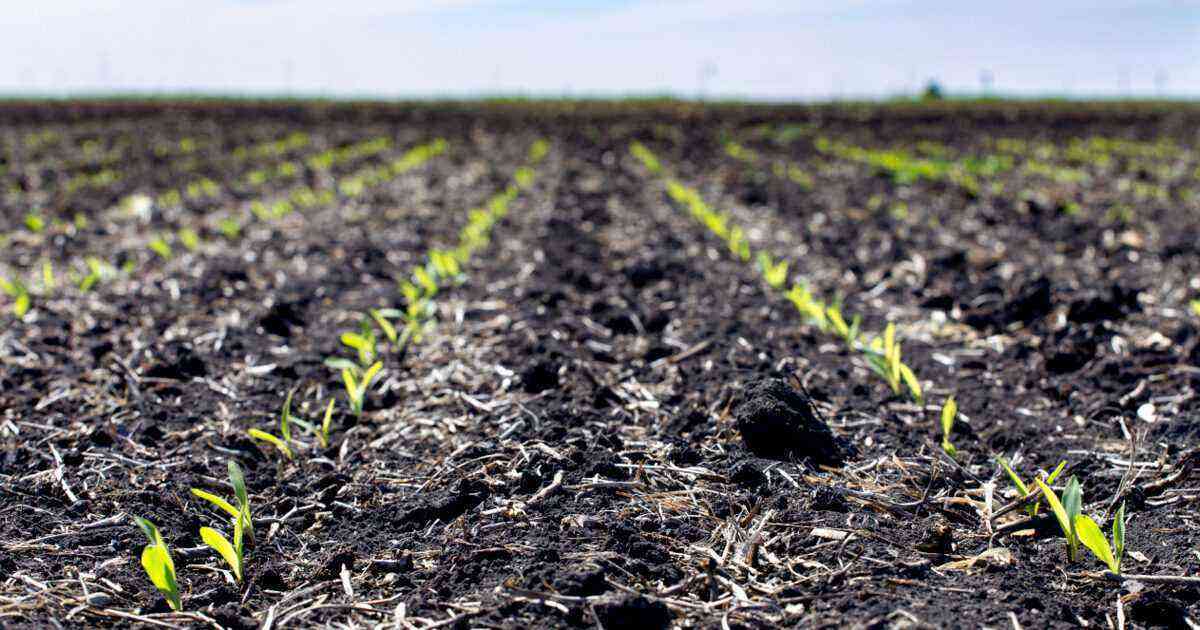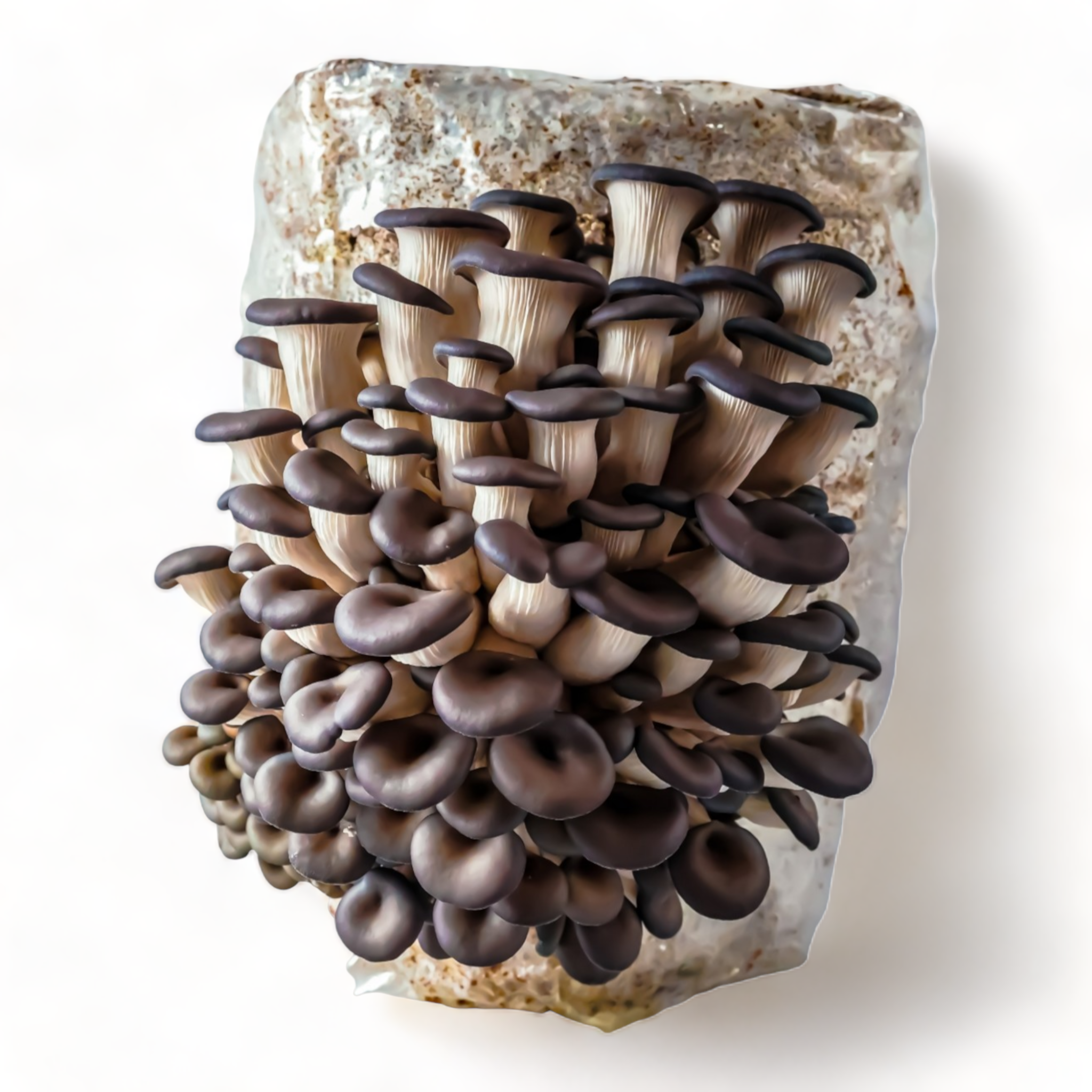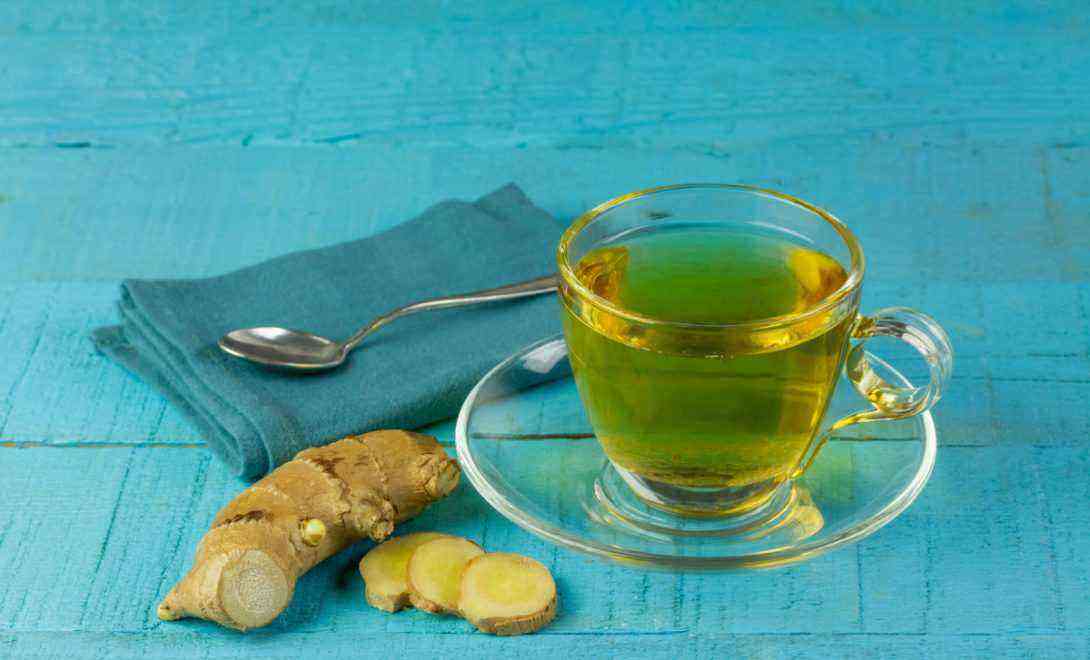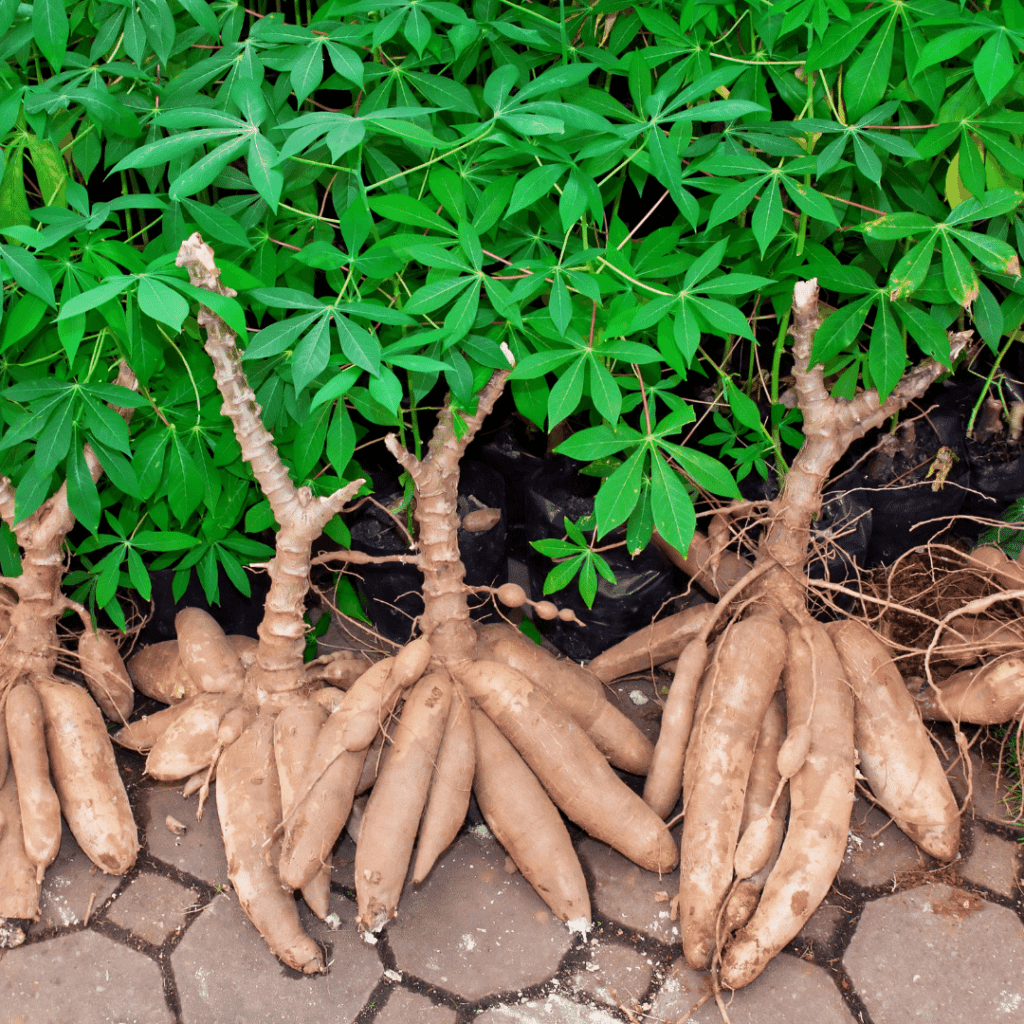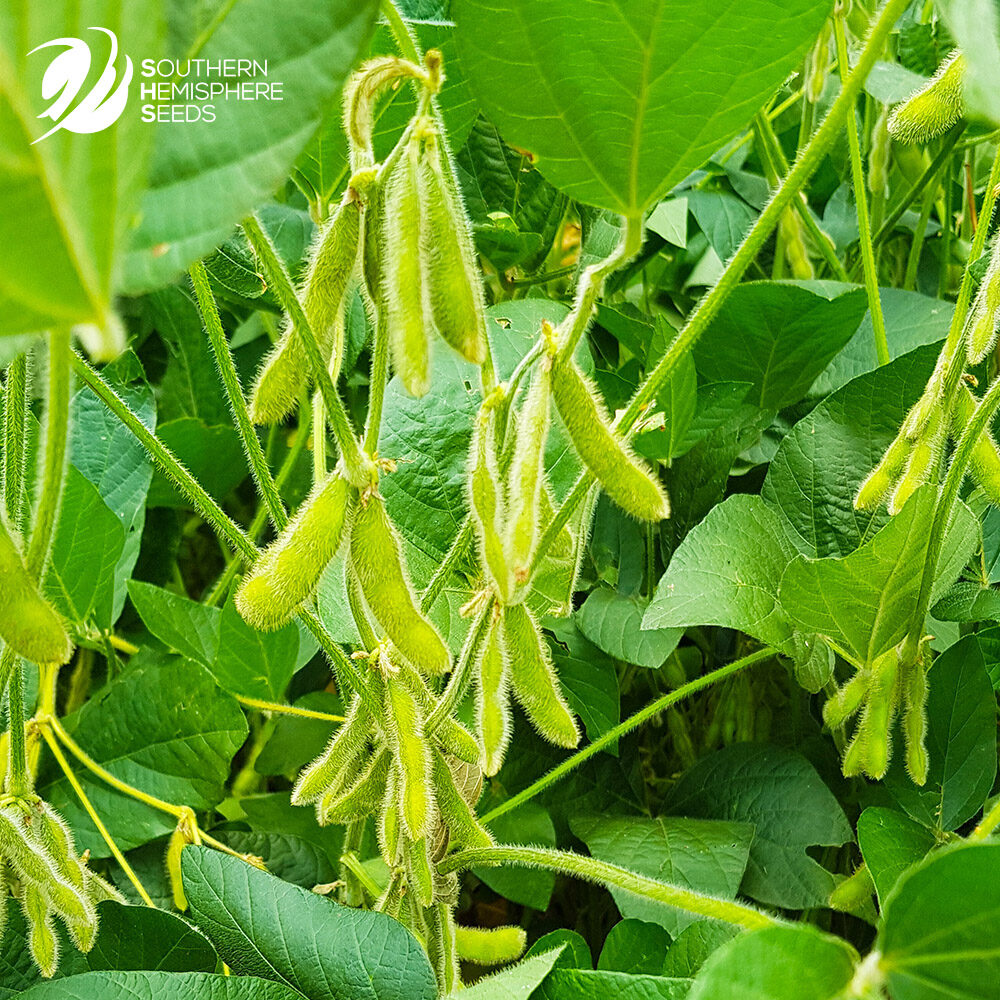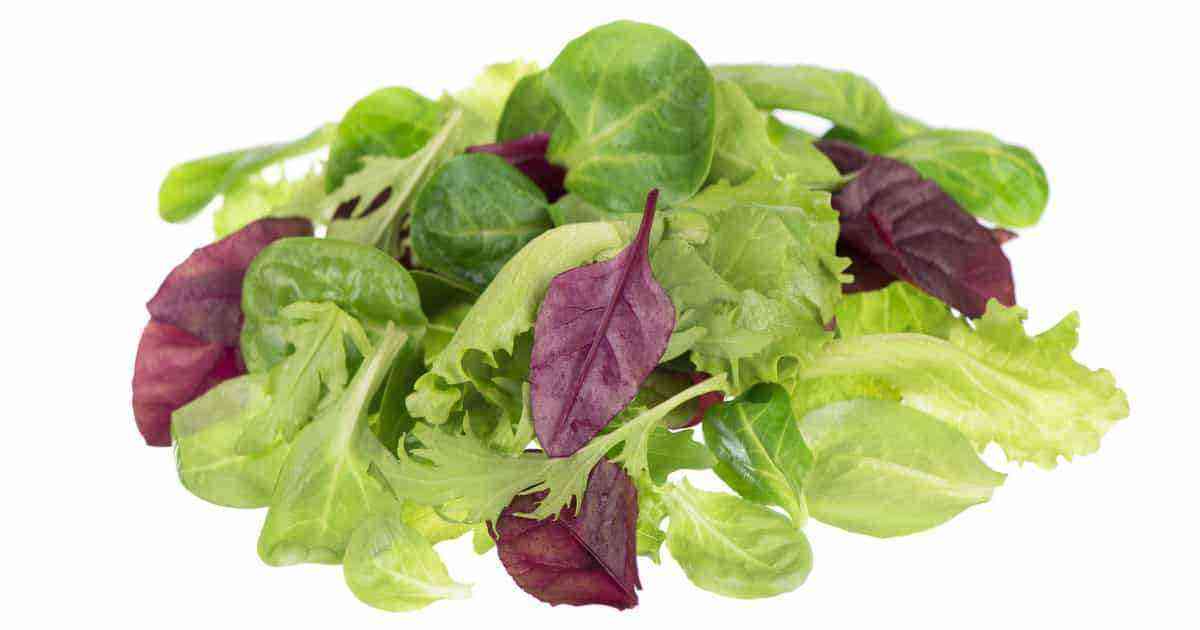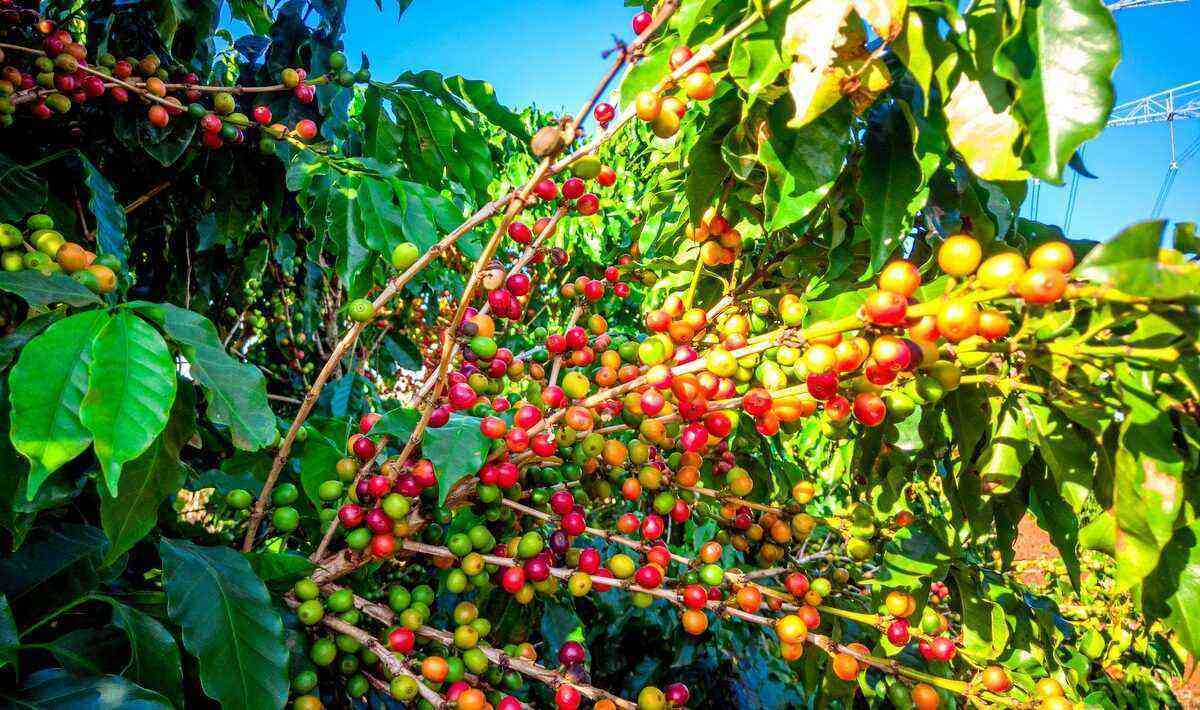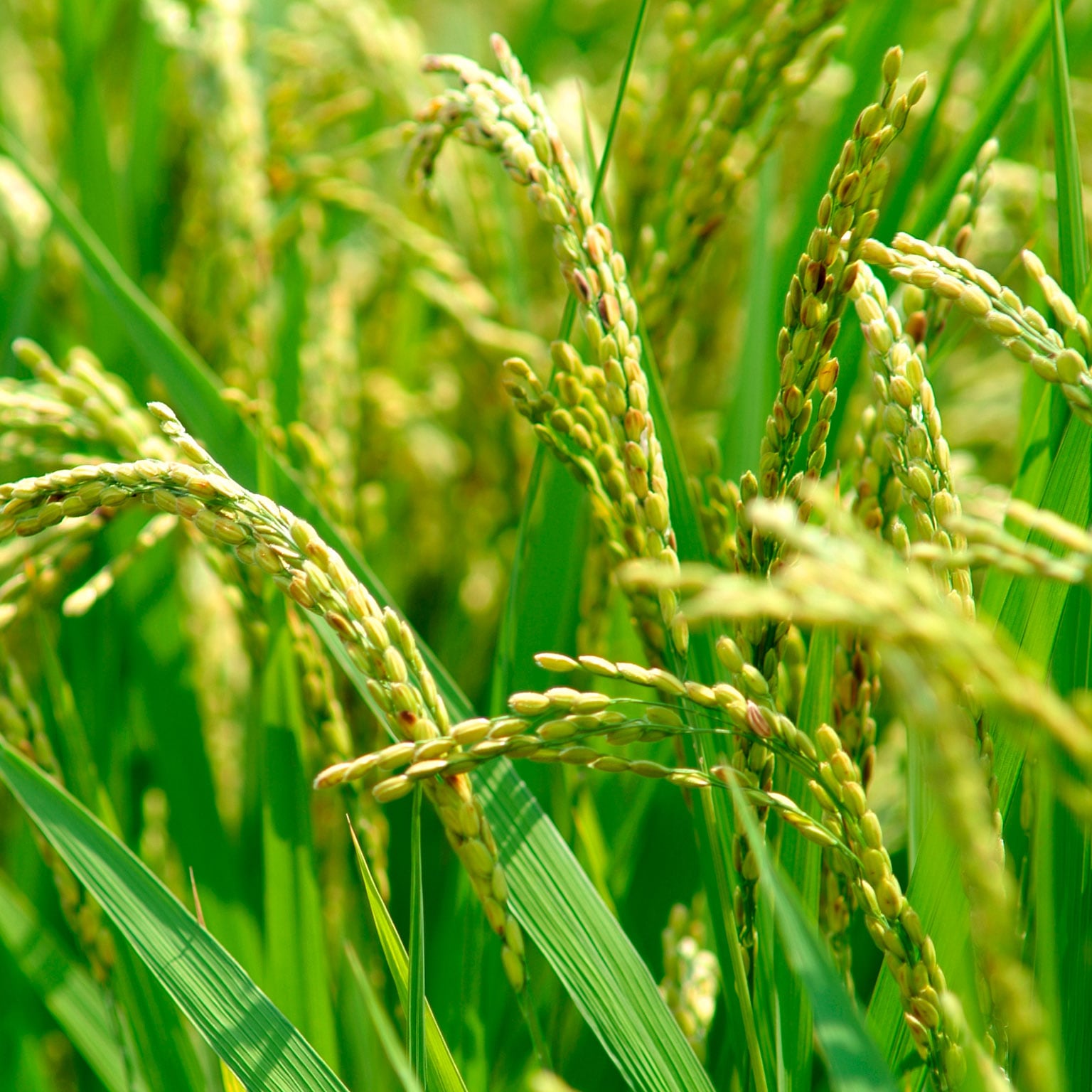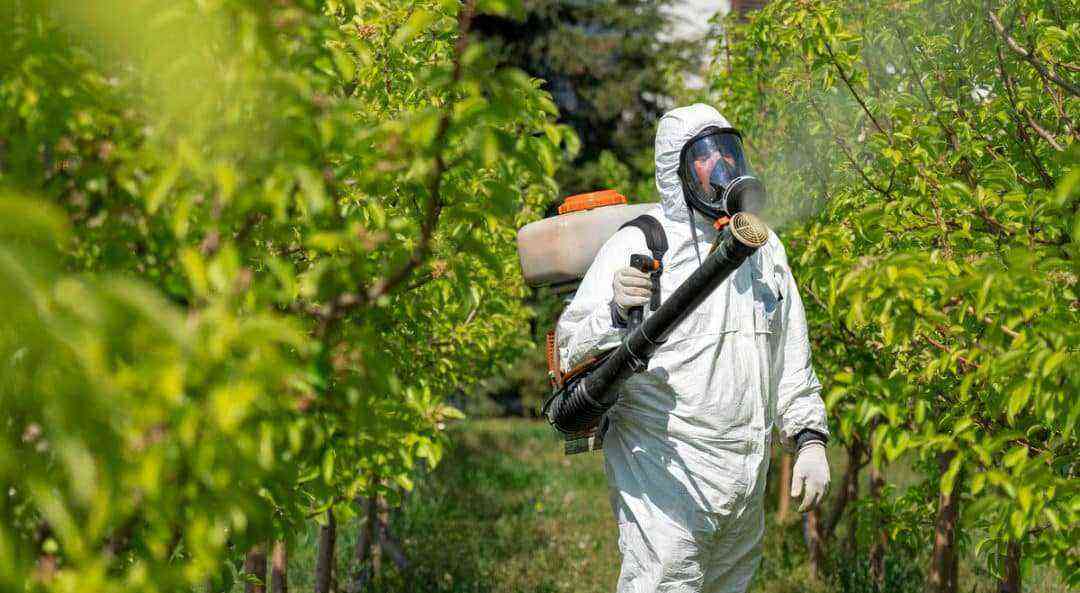In the wake of the growing wave of vegetarian food, chickpeas cater to all tastes and types of diet, especially those looking for new sources of plant proteins.
The consumer market is changing, as are eating habits. In Brazil, this is no different. For this reason, the search for the production of alternative grains has grown a lot, as is the case with the cultivation of chickpeas.
He is rich in proteins and has a good adaptation in the climate of Brazil. However, it is not produced in sufficient quantity to meet domestic demand.
In addition to being used in human food in the form of grains, chickpeas can be used as fodder and green manure, that is, planting, cutting at flowering and incorporating the plant into the soil in order to enrich it with nutrients, by the decomposition of the plant mass.
In this sense, we have prepared this article for you to learn more about growing chickpeas and perhaps exploring this consumer market.
Chickpea benefits
Chickpeas are a complete food, rich in nutrients and with numerous benefits, see some below:
- Improves bowel function;
- Controls cholesterol;
- Strengthens the immune system;
- ally of pregnancy;
- Helps in male fertility;
- Keeps satiety longer;
- Strengthens bones;
- Previne anemia;
- Helps in the prevention of cardiovascular diseases;
- It helps in gaining muscle mass.
What type of soil is ideal for planting chickpeas?
With the purpose of better development of the plant, the recommendation is that the planting of chickpeas be done in soil with a silico-clay texture. It does not grow in waterlogged and very saline soils.
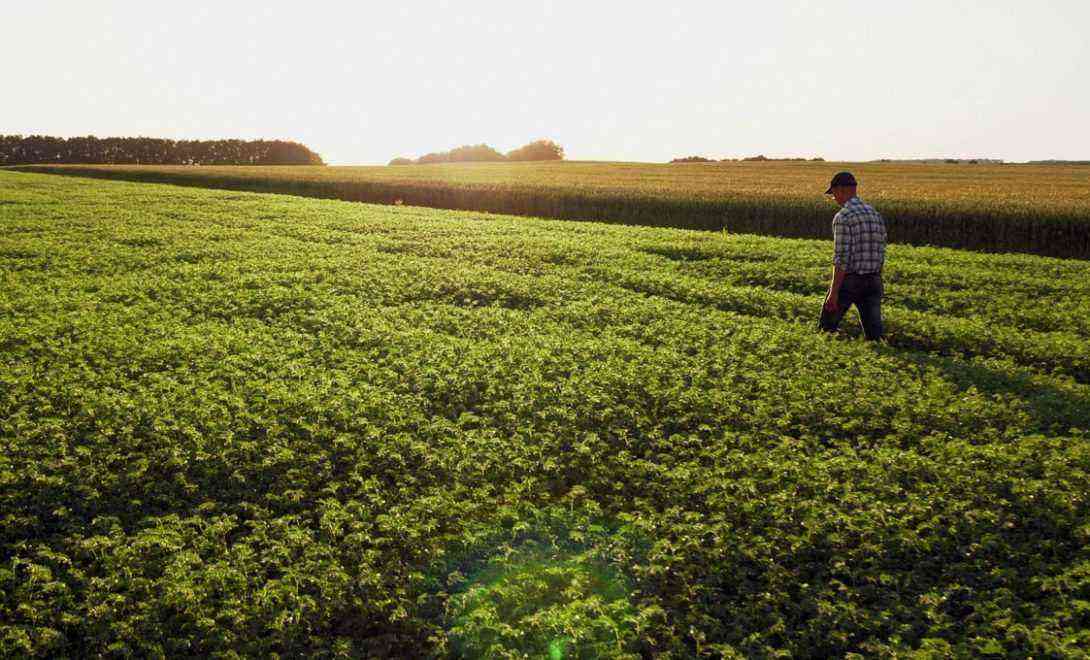
The planting of chickpeas is similar to corn, that is, with sowing it is carried out in lines and spacing of approximately 40 cm and 50 cm between the plants.
The cultivation is very similar to that of corn, that is, spacing of 40 cm and 50 cm between each plant, with a total of 150 to 200 thousand plants per hectare. It is important to analyze the soil in order to verify the need for fertilization.
In fact, our tip is to access our article on soil analysis, which explains how it can be done. The ideal pH ranges from neutral to alkaline.
ideal weather conditions
Chickpeas grow best in a dry, mild climate. The best period of cultivation is between the end of summer and the beginning of winter, after all, during this period the temperatures fluctuate between 25º and 30°C.
Sowing of chickpeas
The chickpea sowing depth should be about 5 cm and the spacing is 40 to 50 cm, as stated earlier. Plants usually emerge within five to six days after planting.
When growing, be aware of pests and diseases
In cultivation, it is very important to keep the field free of invasive plants. This should occur at least in the first 40 days after planting, due to the sensitivity of chickpeas to competition.
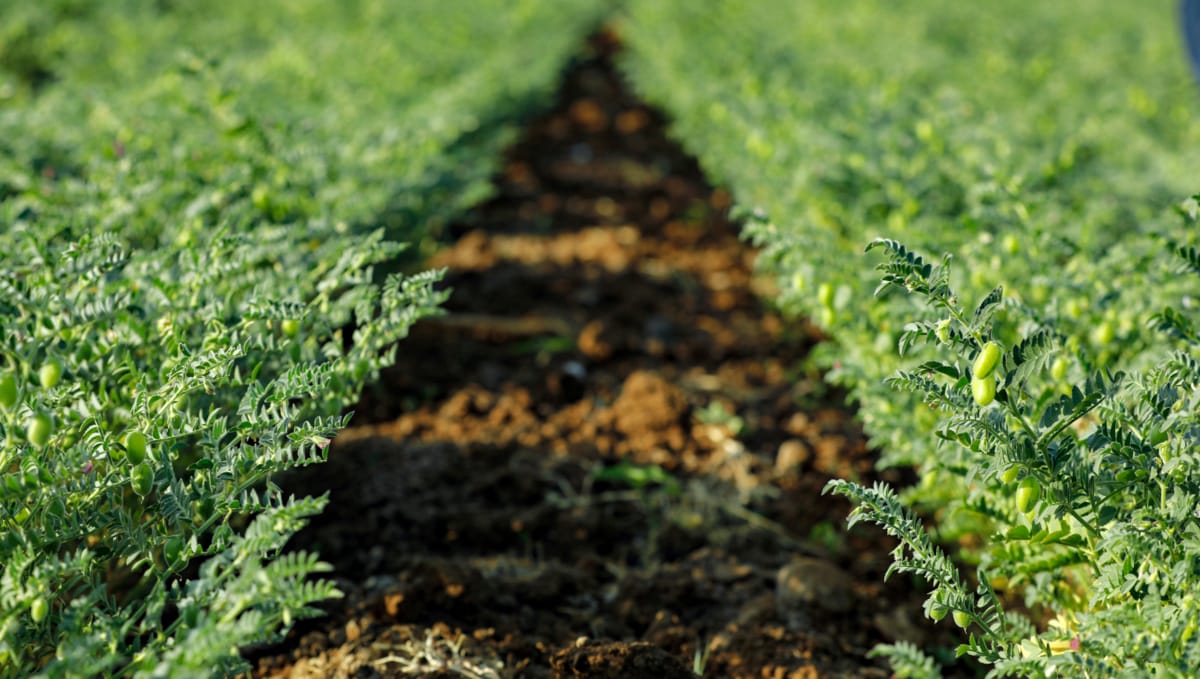
In the cultivation of chickpeas, producers must pay attention mainly to the action of weeds, with the soil free of these pests.
In fact, in the case of weed control, there is only one option of herbicide against the weeds that affect the chickpea, which makes the culture very difficult.
The main disease is neck and root rot, caused by fungi Fusarium solani, Fusarium sonali e Sclerotium rolfsii. The insect that most affects this crop is the caterpillar. Heliothis virescens.
Once harvested and stored, it is very important to be aware of weevils and moths.
Chickpea harvest
Chickpeas are usually harvested 60 to 70 days after flowering, especially when the beans are mature and the plants are dry. It can be semi-mechanized or mechanical.

Chickpeas can be harvested mechanically or semi-mechanized and should be carried out with low humidity.
There is little official information on the production of chickpeas in the country. However, it is estimated that Brazilian production is approximately 3 to 4 thousand tons/year.
Thus, it is necessary to import, annually, significant amounts of this legume from countries such as Mexico and Argentina.
Management
Due to its recent cultivation in Brazilian soil, there is little research and exploration on management methods in the chickpea crop.
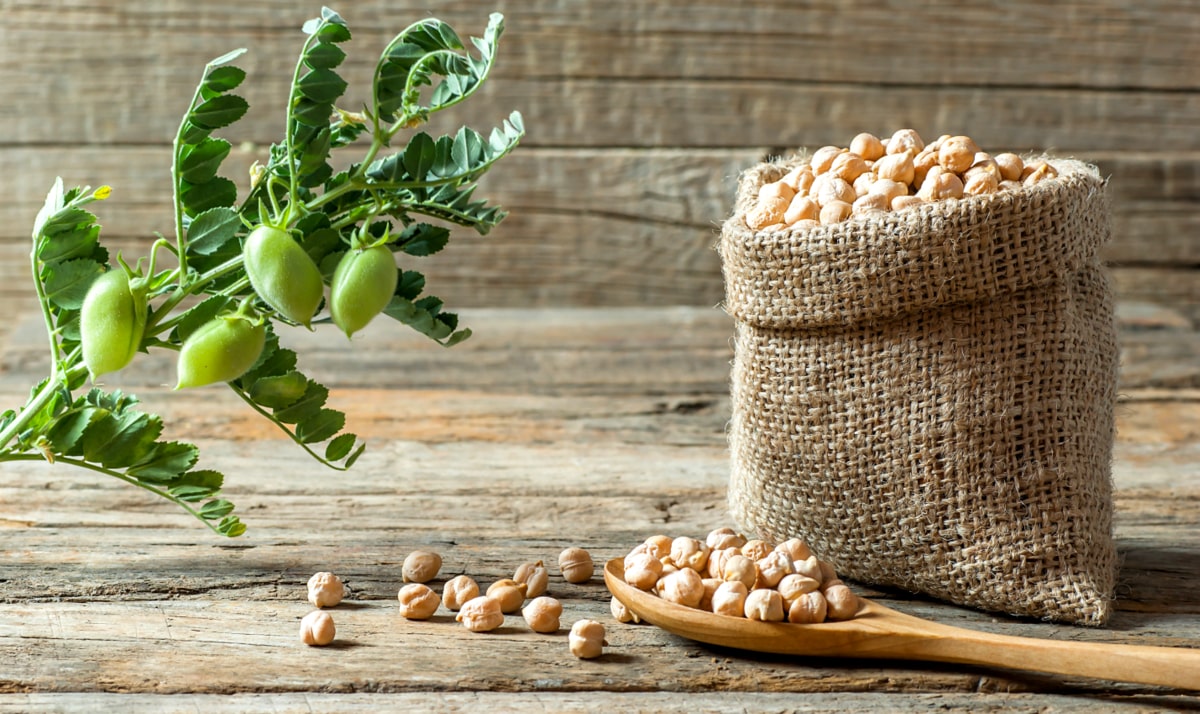
Chickpeas are still little produced in Brazil. Therefore, the country resorts to imports in order to meet demand.
For now, only one variety of chickpea is grown in Brazil, kabuli. However, in the foreign market it is not well accepted.
Outside the country, the most consumed variety is the desi type. So there is a lot of lack of research and development to meet the international market.
Chickpea consumption in Brazil
As it is a very recent crop in Brazil, Embrapa Vegetables and the Brazilian Institute of Beans and Pulses (IBRAFE) carried out a survey with the aim of monitoring the behavior of the Brazilian consumer of chickpeas.
Of the nearly 10 respondents, 85% responded that they had already consumed chickpeas. So, another question was about the factors that prevented these people from starting or increasing their consumption of chickpeas.
The main ones were price (34%) and lack of custom (27%). Check out:
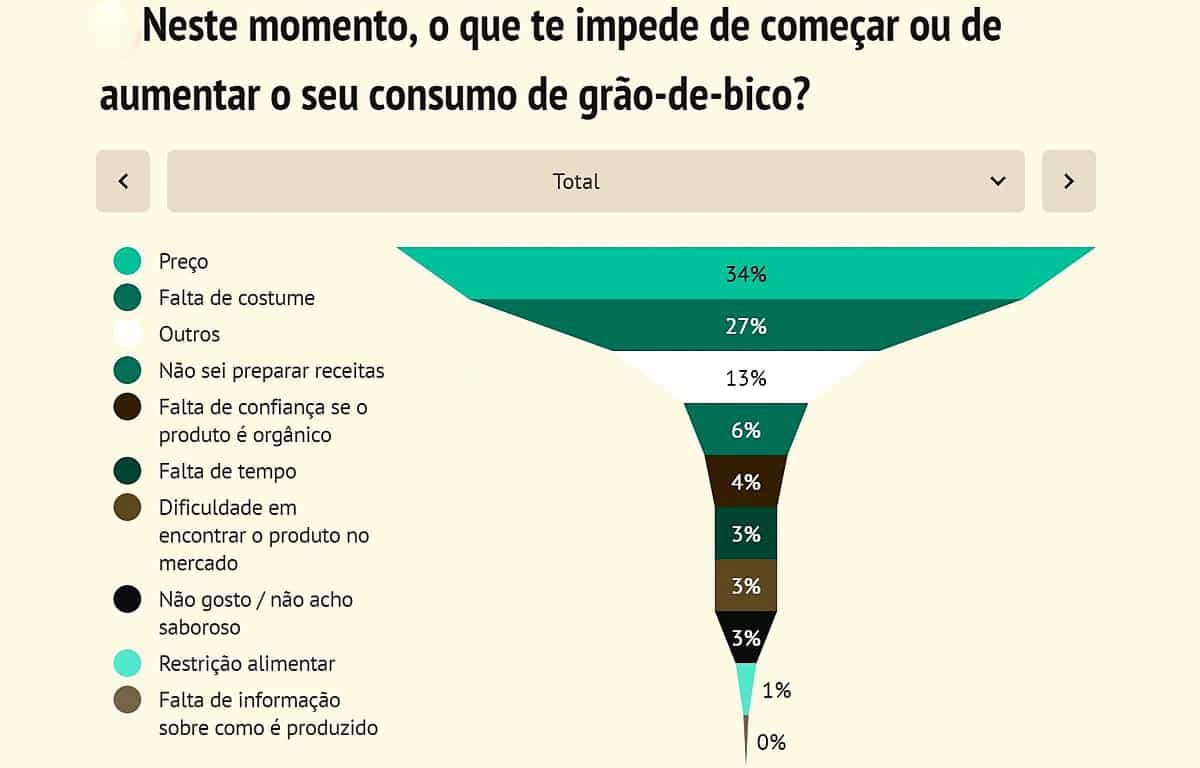
Source: Embrapa.
Did you like this article about growing chickpeas? And how about trying out some culinary recipes using this type of alternative grain. Check it out on video:
Source: Karol Deliberato.
By the way, access our article and learn all about a cereal that is also attracting the attention of Brazilian producers: the planting of oats.
